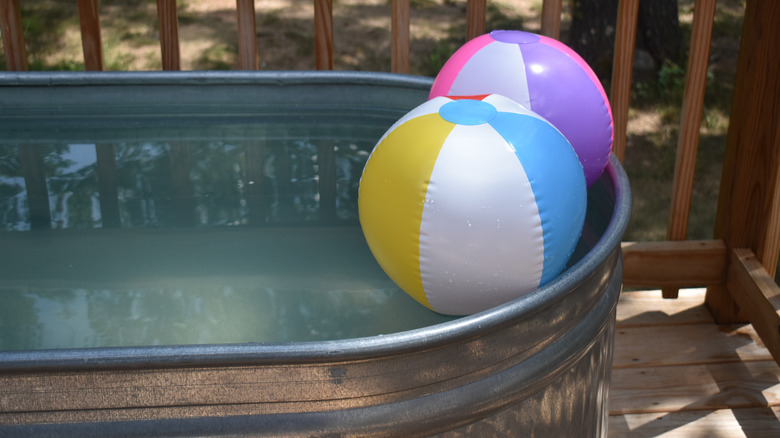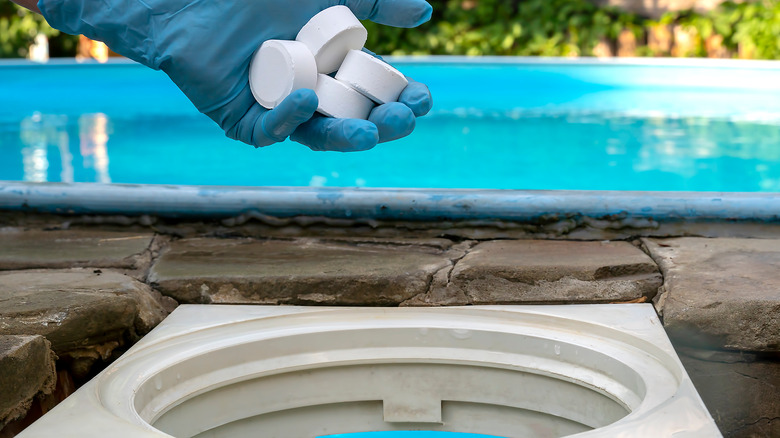What's The Best Way To Store A Stock Tank Pool At The End Of The Season?
All around us, the leaves are starting to change color, and there is a certain crispness to the breeze that wasn't there just weeks ago. For stock tank pool owners, that means it is time to start deciding what to do with their pools over the winter, which brings up the big question of whether to drain or not to drain your pool. It might seem like a simple choice, but each path has its pros and cons.
Let's talk draining first. If you live somewhere on the colder side and see water regularly freezing, then going the pool-draining route may be unavoidable. So, drain your pool and equipment completely, and once the water is out, make sure to thoroughly dry it by either allowing it to air dry or wiping it down with a towel until no moisture is left. From there, you can go about covering your pool, making sure it is strapped down or reinforced with something, like heavy 2 by 4 foot wood planks, ensuring it doesn't collapse under the weight of rain or snow. If pool covers aren't available, you can also turn it upside down. This works best on a flat surface where water and pests can't creep inside. However, the downside of draining your pool is that this actually might cause the material to rust , as the metal will be exposed to cycles of wet and dry weather patterns.
What about not draining your stock tank pool?
If you live somewhere that has mild winters where your pool freezing over is not a concern, many manufacturers actually recommend keeping your stock tank pool filled to prevent the material from rusting and maintaining the quality of the material. To winterize it, simply unplug your pump, disconnect all the hoses, and make sure no water lingers in unwanted areas to avoid any mishaps.
Now, with this method, you'll be left with murky water, but since you won't be swimming in it, that should be the least of your worries. Just make sure to cover the pool to keep out bugs and debris. Chlorine maintenance becomes much more lenient during cooler months, and a single tab every few weeks, or even monthly, is usually enough to keep algae at bay, preventing the need for a ton of cleaning come spring. Ultimately, the choice is yours — be it drainage or maintaining a filled pool. Each of the two methods has its advantages depending on where you live and how much maintenance you feel like doing over the winter. Whichever route you decide, a comprehensive clean after the winter layover will help make sure your stock tank pool is swim-ready as soon as you open up your pool for the summer.

